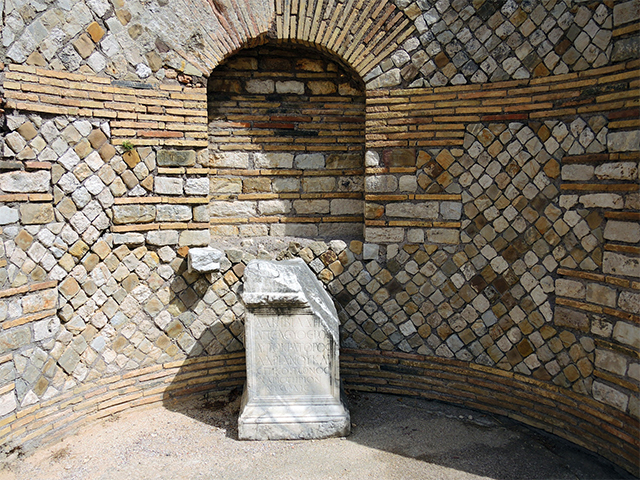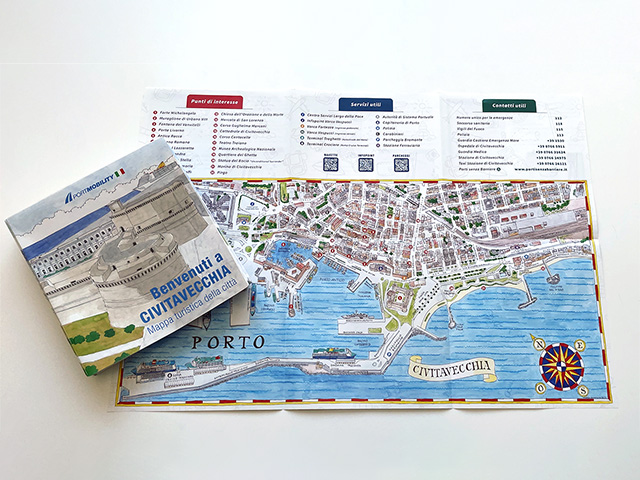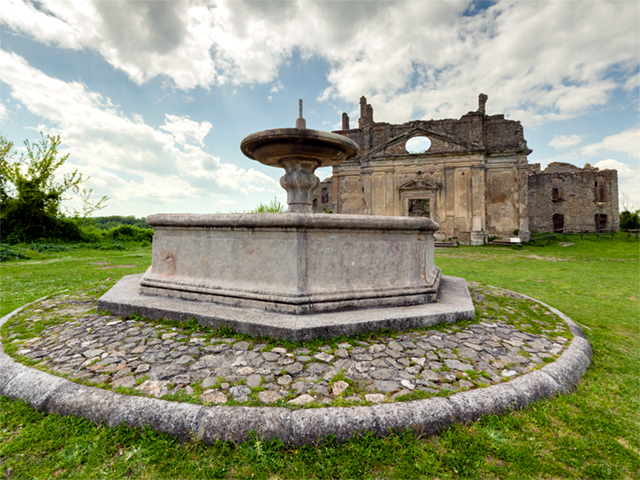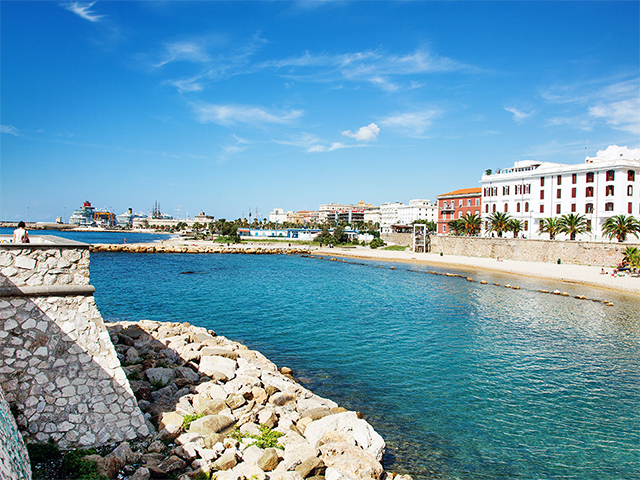Taurine Baths of Civitavecchia
Taurine Baths: from suggestive archaeological park north to Civitavecchia to splendid venue for events, music festivals and manifestations.Extraordinary Closure of the Taurine Baths
The public is informed that the archaeological area of the Taurine Baths in Civitavecchia will be closed to the public from November 7, 2025, until June 30, 2026.
The closure is necessary to safely carry out the consolidation, restoration, and enhancement works planned as part of the PNRR project - "Caput Mundi - Next Generation EU for Major Tourist Events."
The archeological site of the Taurine Baths rises on top of a hill surrounded by greenery, 5 km away from Civitavecchia town center. Also known asBaths of Trajan, after the Roman emperor that founded the city, they are one of the most important termal complexs of Roman Age through the whole south Etrurian area.
If you are in Civitavecchia, even if you are only passing through, and you have some hours available we highly recommend to you to visit the Taurine Baths for a suggestive jump in the past. After the visit we recommed you to take a relaxing break at the neighboring Ficoncella Thermal Baths, famous for its hot water therapeutical properties.
TAURINE BATHS OF CIVITAVECCHIA: BETWEEN HISTORY AND LEGEND
The name comes from the Latin word taurus that means bull. The thermal baths were described in the travel journey of the poet Rutilio Claudio Namaziano (416 d.C.), who tells that the name comes from a legend according to which a bull (probably associated to some divinity) pawed the ground before starting a fight, and so a hot water spring of sulphur properties spurted from the ground. In reality, legend appart, it is very likely that the name of the Taurine Baths comes directly from the ancient small lake of Aquae Tauri, from where the spring gushed out.
On the slopes of the mounts of Tolfa, actually, nearby the ancient small lake of Aquae Tauri, gushes out the spring that is still today passing through the Taurine Baths. Different studies speculate that the complex area could be identified with the villa of emperor Trajan and it is known that the thermal springs were well-known and appreciated for their therapeutical qualities since ancient times.
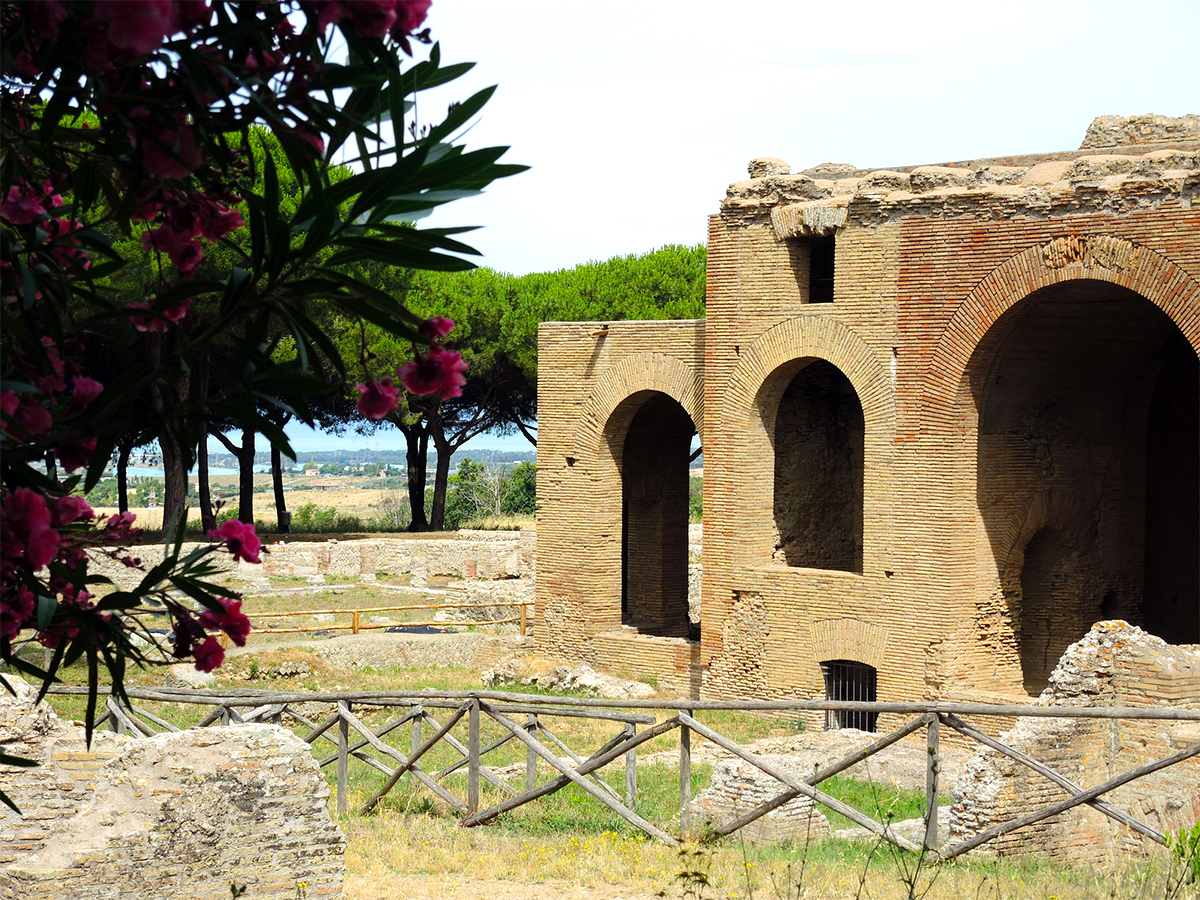
Taurine Baths of Civitavecchia
The Etruscans were the first to value the waters. They built rudimentary thermal baths, that were developed and widened only later on in Roman times.
In Sulla age Sillana (90-70 a.C.) a new building was erected and it took the name of Taurine Baths, experiencing the main development in Trajan age, followed by a later widening towards the end of Hadrian empire. The thermal area was considerably busy during the whole Imperial age until the empire decadende. During the war between Goth and Byzantines, the complex was completely abandoned; only by halfway through the last century some projects to restore the thermal baths were started, but they were unfortunately never brought to an end.
Today, in the archeological park of the Taurine Baths, water doesn't run anymore, but if you want to appreciate the therapeutical properties of its hot water, we recommend to you to visit the neighboring Ficoncella thermal complex.
TAURINE BATHS OF CIVITAVECCHIA: STRUCTURE
The site of the Taurine Thermal Baths is mainly diveded in two areas: one from Reppublican age (first century BC) built with opus reticolatum tecnique and one from Imperial age (second century AD) built with bricks.
Among the remains, some pools, massage rooms and various spaces have been preserved, everything decorated by friezes, mosaics and marbles. The Taurine Baths were really supplied with all kinds of comforts! From changing rooms (apodyterium) to bedrooms (cubicola), from baths for the elder and for children (caldarium) to cold baths (frigidarium) which tank was even filled with ice in winter, to end with a turkish bath (tepidarium) that reached very high temperatures and was supplied by a mobile dome to cool the environment.
Inside the complex, moreover, were many other services structures of pubblic use like a library, a massage room and a gym. Place of great social gathering, to the thermal baths went both eminent personalites and common people, like Roman legionaries just disembarked from war.
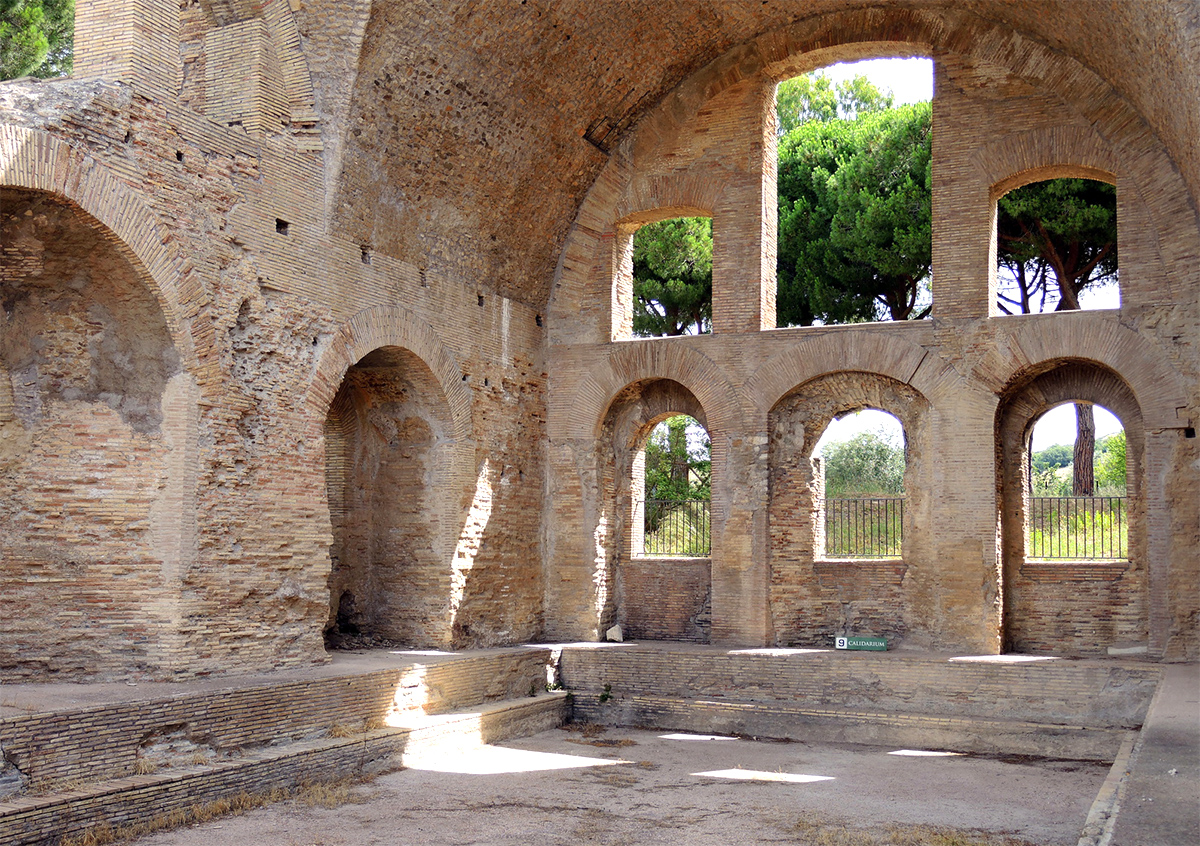
Taurine Baths of Civitavecchia - Calidarium
Today, the archeological site is completely managed by the local tourism organisation, that takes care of supplying the tourists with interesting guided visits.
The park hosts, in addition, a botanical garden (Horti Traianei), where you can walk surrounded by a splendid variety of characteristic flowers, plants and trees.
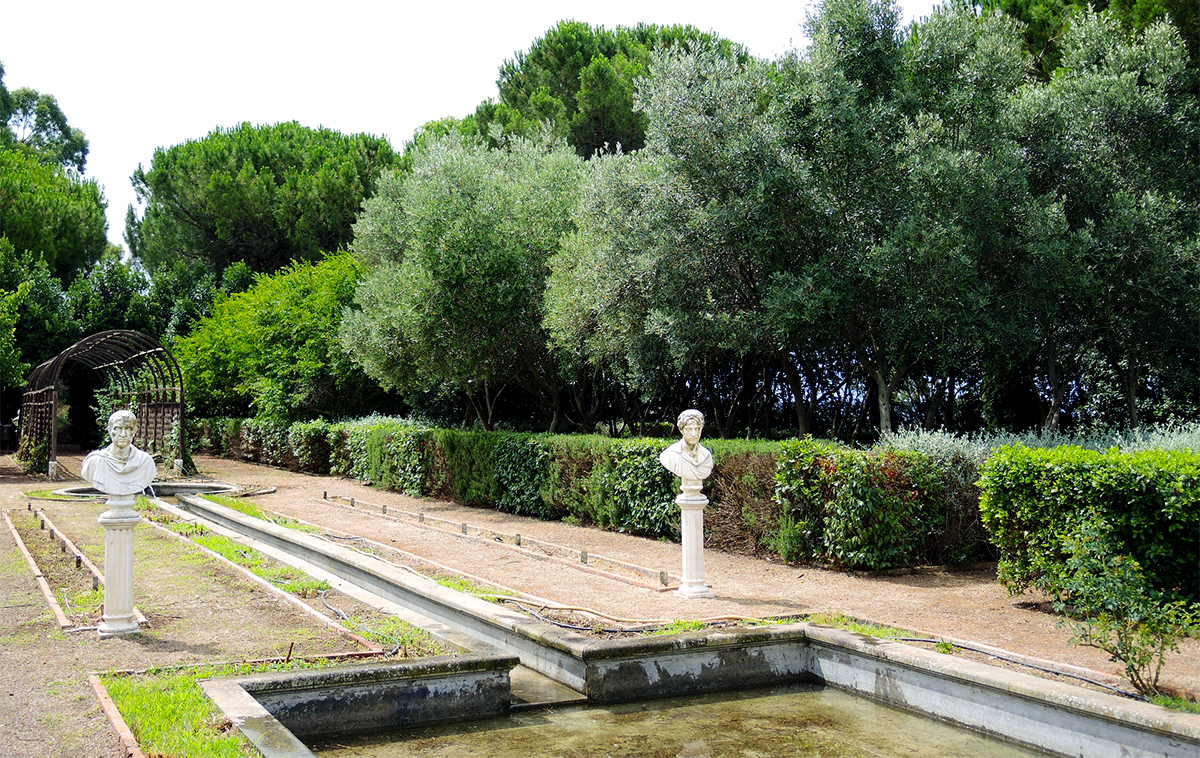
Taurine Baths of Civitavecchia - Botanical Garden
In recent years, specially in summer, the Taurine Baths are transformed into a splendid venue for festivals, manifestations and events like concerts and theater shows hosting also significant musicians and artists like Nicola Piovani and Stefano Bollani, to cite as an example.
Useful information
Taurine Baths of Civitavecchia
- HOW TO GET THERE
- By car:- from south (Rome): driving along Autostrada A12 (E 80) exit Civitavecchia Nord; turn left towards Tolfa (SP 7b), you will arrive after about 1 km;- from north (Grosseto): driving along via Aurelia (SS1), turn into Autostrada A12 (E 80) towards Roma exit Civitavecchia Nord; turn left towards Tolfa (SP 7b,) ou will arrive after about 1 km.
By public transports: Line B runs thrice a day departing from Civitavecchia Train Station stopping at Largo della Pace. Timetable: 9.10 - 11.10 - 12.10
Tip if you are using public transportation: considering that the first shuttle bus (leaving at 9.10 am from the Train Station) completes the whole journey in about 35-40 minutes, the shuttle will be back at the Thermal Baths at about 9.35-9.40.
Since you will need at least 1 hour to visit the archeological site, we suggest to wait for the following shuttle leaving at 11.10 from the Station and passing by the Baths at 11.35-11.40, or wait for the last journey leaving at 12.10 that will arrive at the Baths at about 12.35-12.40. Return times are obviously approximate and calculated on the average duration of'full journey of line B.
- TIMETABLES
Open every day from 9.30 to 13.30. The ticket office closes at 13.00.
For information and guided visits go and talk to the number +39 3383279798 or go and see the site prolococivitavecchia.com
E-mail: prolococivitavecchia@gmail.com
ATTENTION: telephone reservations are required during the weekend, with at least one day's notice.
- PRICES
- Non-residents: €5Residents: €3Guided tour: €8



 PORT MOBILITY CIVITAVECCHIA
PORT MOBILITY CIVITAVECCHIA










